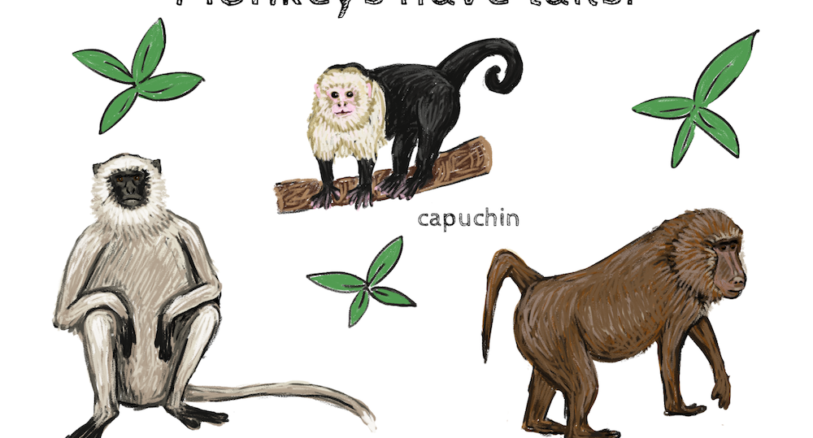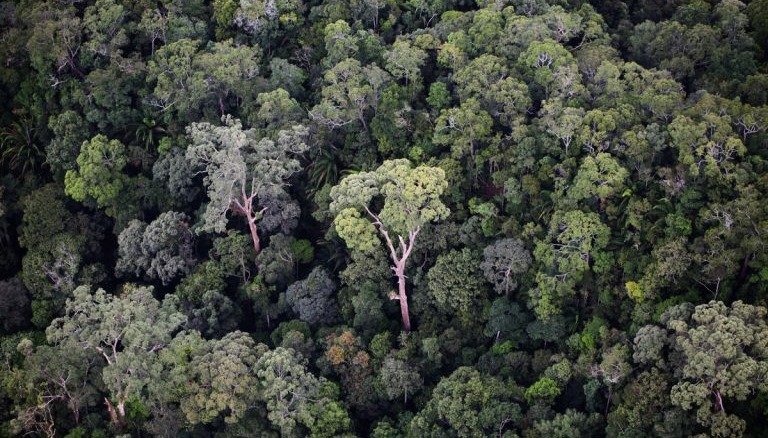Lesson: animal identification
In this exercise, we will learn about using natural markings to tell individual animals apart. Why? Because knowing who’s who helps scientists and wildlife managers answer lots of important questions.
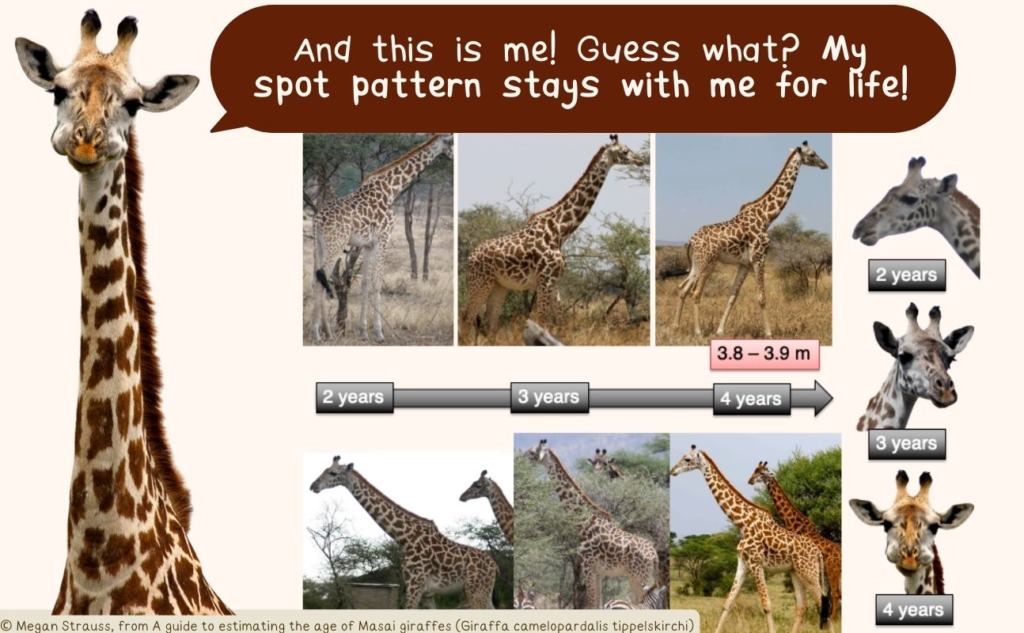
For example, we might want to track where birds or whales migrate in winter. Or, we might want to see where deer find their food in the landscape.
We might want to learn which animals in a group spend the most time together. Or, perhaps, which elephants are responsible for eating a farmer’s crops: Is it the whole herd or only one elephant?
Scientists have many ways to keep track of individual animals. Depending on the animal, researchers may attach ear tags, neck collars, or leg bands. Sometimes animals are marked with paint or pigment (color).
Conveniently, many types of animals are born with unique natural markings in the same way that each human has a unique set of fingerprints. These animals can be identified from their appearance alone.
Some examples: Giraffes have coat markings that vary in shape, arrangement, and color. Whales can have unique markings on their tail flukes. Leopards have unique spot patterns. Lions have unique whisker spot patterns.
Animals also acquire other markings during their daily lives, such as a distinctive scar from a fight, or a notch or hole in an ear.
Learning to tell animals apart is a useful skill. Have some fun and give it a try!
Match these giraffe markings:
Each giraffe has unique coat markings that we can use to tell individuals apart. Practice being a giraffe researcher: Which two pictures have identical sets of markings?
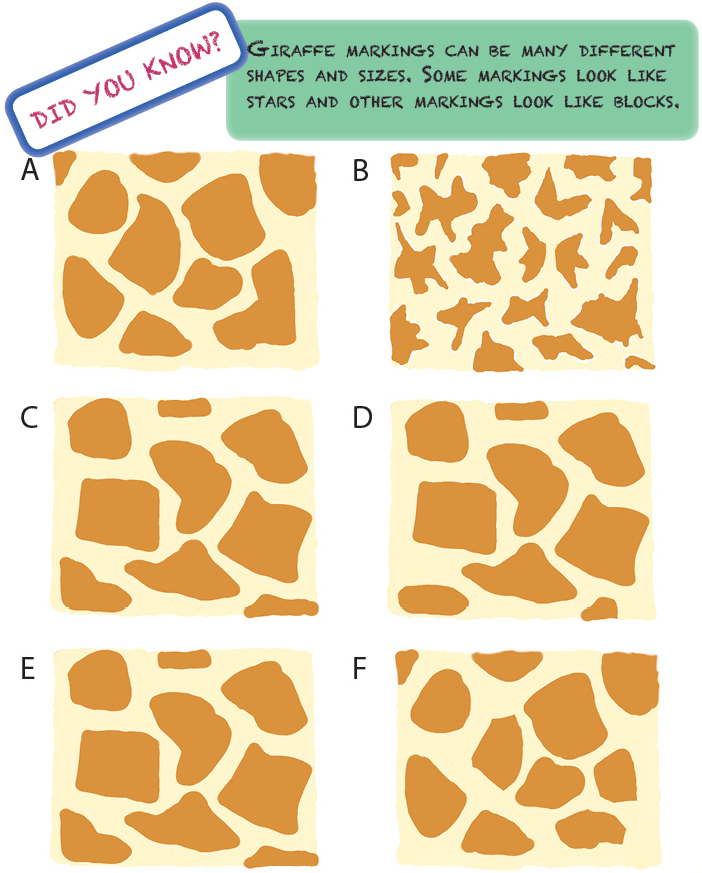
These ones are a little harder. Challenge yourself!
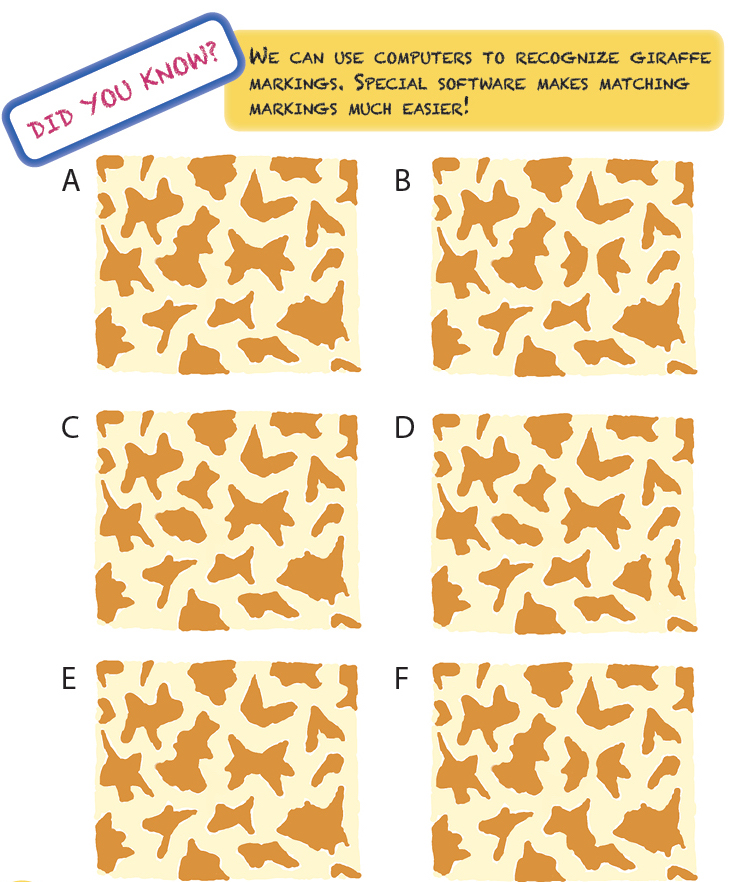
Sometimes researchers and conservationists have to keep track of hundreds or even thousands of individual animals. Sorting through ID cards or photographs can be very time consuming!
Thankfully technology has come to the rescue. In recent times computers have been enlisted to sort through photographic data and speed up the process of sorting out who’s who. New wildlife technology is being developed at a rapid pace.
This is very exciting news for research and conservation. It gives researchers more time to focus on other tasks, like answering questions about the animals they study or carrying out conservation work.
Would you like to test your wildlife detective skills again?
Match these elephants
One way to tell elephants apart is to look closely at their ears. Each ear has a unique shape, and a unique pattern of veins, scars, and notches. Which two elephants have matching pairs of ears?
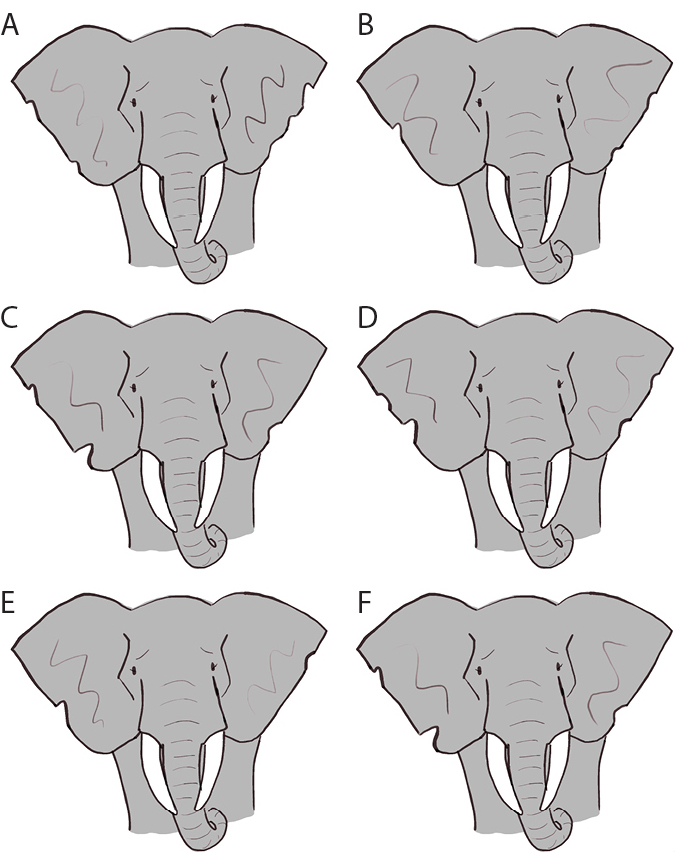
Elephant tusks are another useful identifier. In the picture below there are two pairs of elephants with matching tusks. Can you find them?
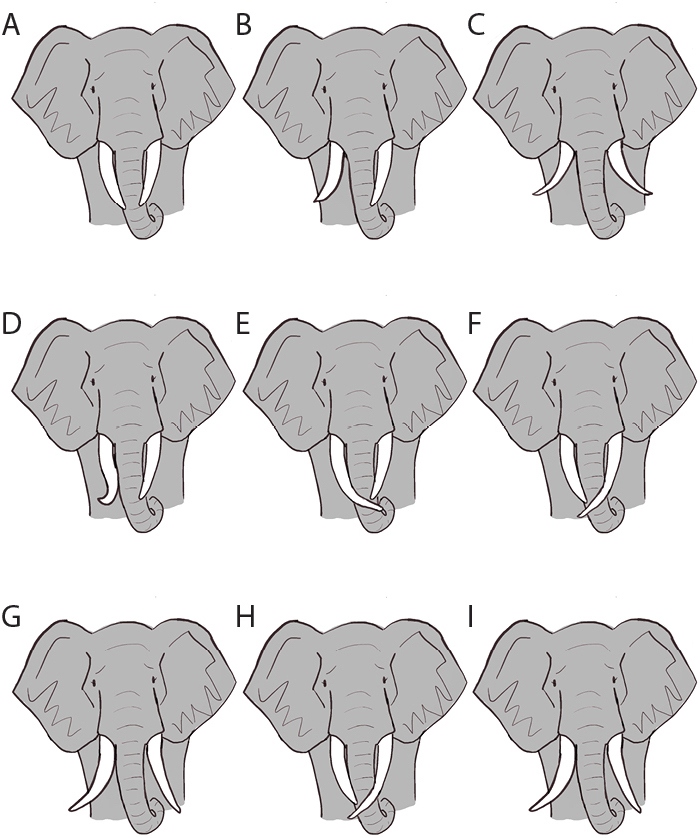
Now that you’ve had a bit of practice, try watching the animals that visit your yard or nearby park. Study them closely.
See if you can find characteristics to help you identify individual birds, squirrels, or other creatures.
You might be surprised how much you can learn. You can add to the fun by coming up with clever names to keep track of your new backyard buddies. Maybe all names starting with the letter “B,” a numbering system, or you may want to invent your own unique naming method or ID code!
Answers: giraffe match 1: C & E; giraffe match 2; A & E;
elephant match 1: C & F; elephant match 2: H & F, G & I
Matching puzzles by Megan Strauss, from Nature’s Giants magazine, courtesy of Wild Nature Institute.

